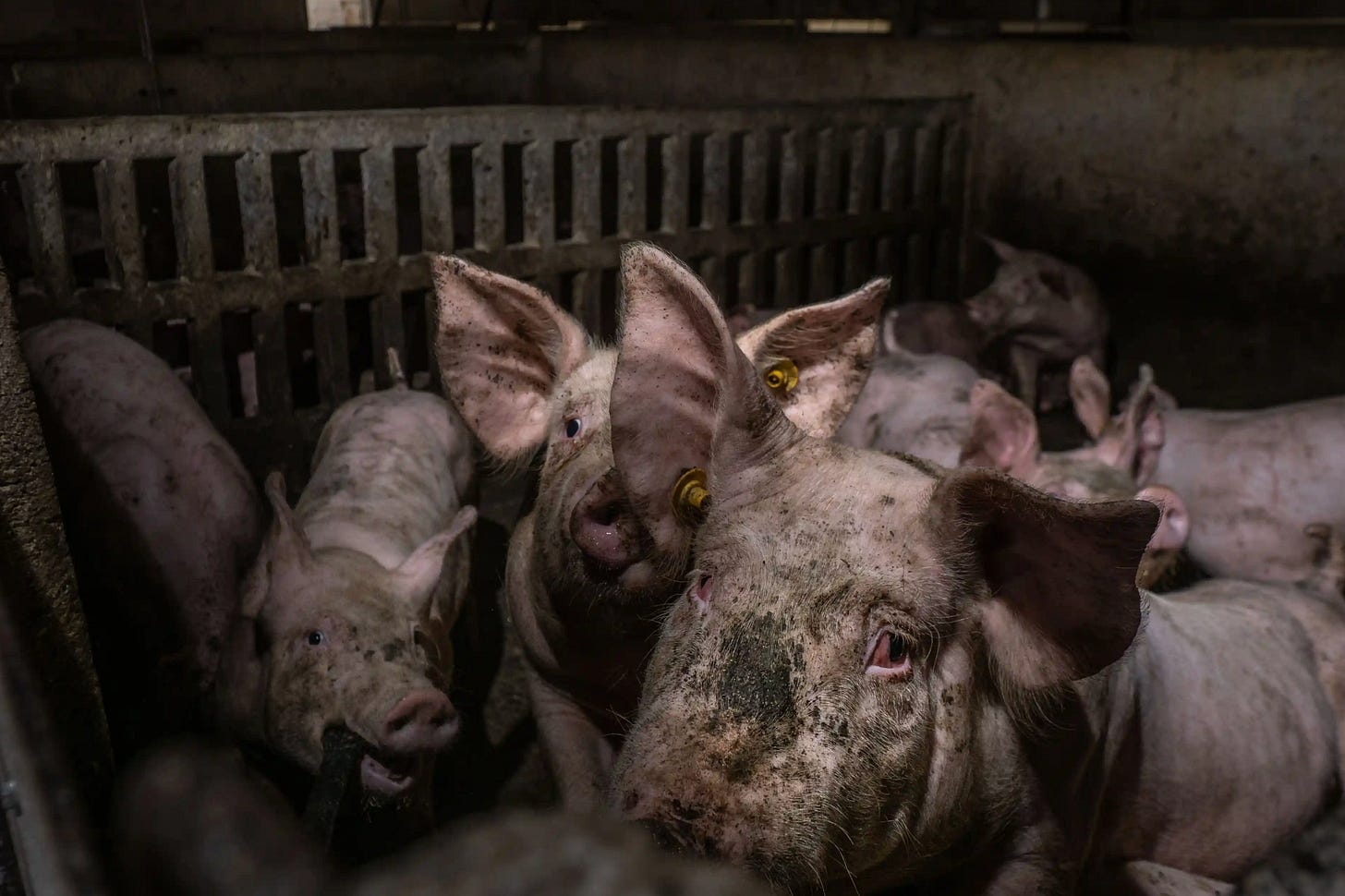Ahimsa is a Sanskrit word for non-violence, translating as a= without, and himsa= harm. It is the foundation of classical Ashtanga yoga as it is the first yama. The word yama is widely translated as “reigning in control,” and serves in both the Vedas and Yoga Sutras as a means of restraint and moral conduct in relation to others. The yamas constitute the first limb (anga) of yoga in Ashtanga Yoga. Ahimsa then is the very first principle one comes upon when embarking on the yogic path. The very first. Its significance lies in it not being buried deep in the commentary of some obscure sutra or Vedic law, but right out front as the beacon to self-transformation.
Some schools of yoga go so far as to not allow a single asana to be taken until violence is completely eradicated from the body and mind, for they know a yoga practice without adherence to ahimsa is in fact not yoga at all but a preoccupation with physicality, body image, and a “hey look what I can do” mentality. A yoga practice undertaken without ahimsa as its central tenet is like doing mathematics without regard for integers or whole numbers, or studying biologist with no interest in respiration. Or doing cost accounting without knowing the value of a dollar. Ahimsa is that foundational to yoga.
The word ahimsa became known in the West via the work of Mahatma Gandhi, who employed non-violent resistance to liberate India from British imperialism in the 1940s. Gandhi was reluctant to use the word ahimsa because of the word “harm” in its translation, as he didn’t want to frame his efforts in terms of what they were not. He instead chose to define ahimsa as “infinite love” and described ahimsa as “an infinite capacity for suffering”, knowing the significant costs associated with the work he was doing— Costs for which he eventually paid full price. His vision proved effective enough as these same strategies were adopted by Martin Luther King Jr. in the U.S. not long after, who also paid full price in his quest to advance civil rights and human dignity.
Other historical figures who used non-violent resistance to create societal change were Henry David Thoreau (who spent time in jail for not paying taxes in protest of those monies being used to fund the U.S. Mexican War), Nelson Mandela (who spent 27 years in prison for organizing against Apartheid South Africa), Thomas Merton (a priest who was ostracized by the Catholic Church), and the Berrigan brothers (two priests who both served lengthy prison sentences for protesting Vietnam and the Reagan administration’s nuclear weapons program). These people may not have been intimately familiar with yoga or versed in its Sanskrit origins, but they were certainly following ahimsa principles albeit in an activist mode.
On the level of individual transformation, ahimsa is suggesting that as we step into the practice of yoga we must reconsider our most intimate relationship with physical nature (prakriti), which comes in the form of the food we eat. Our relationship to food is deep and lifelong, yet in modern times that relationship has been hijacked and made disconnected by ruthless global conglomerates seeking to maximize profits at the expense of one’s well being, especially that of the non-human animals it commodifies. Over 99% of animals used for food live their entire lives in nightmarish, disease-ridden factory farms where they endure abuses so horrendous it is beyond the entirety of human consciousness to imagine. The scale of these operations is also unimaginable, with some 300 million land animals being slaughtered every single day across the Earth.
Yet factory farming has been enculturated in such a way that one can quite easily go from birth to the grave without ever once having to see, hear, smell, feel or in any way give consideration to and /or participate in the abject horrors that result in getting an animal’s flesh and fluids to one’s plate. It’s in this disassociation between one’s actions and another sentient being’s suffering where the often cited cognitive dissonance around animal agricultural gives rise.
The yoga of Patanjali is an ahimsa tradition which has always been synonymous with vegetarianism, as it first and foremost condemns the killing of animals. Vegetarian was the word used in archaic times, but in modern times ahimsa would resemble the vegan diet, which expands to exclude dairy as well given the tremendous amount of harm inflicted on animals in those industries.
Keep reading with a 7-day free trial
Subscribe to Bow to None Bow to All to keep reading this post and get 7 days of free access to the full post archives.






